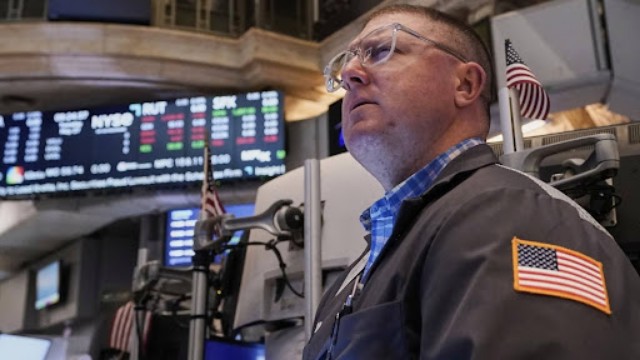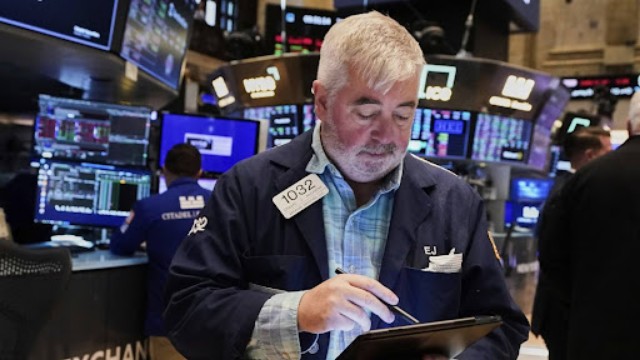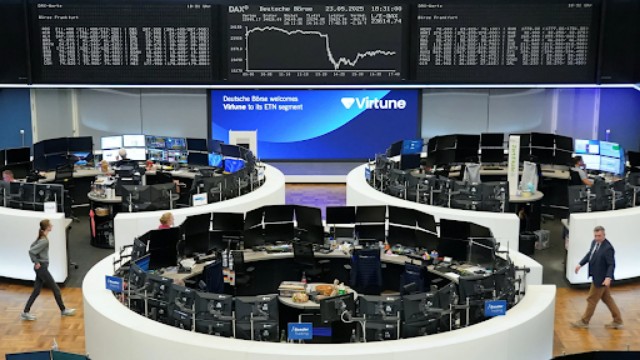
The TMX Market Centre is seen in downtown Toronto on Wednesday (Photo by Paige Taylor White / The Canadian Press)
Canada’s main stock market nudged slightly upward on Wednesday, even as major U.S. stock indexes moved lower ahead of two big market events—Nvidia’s earnings release and upcoming U.S. GDP data. Investors showed caution as they waited to see how the tech giant performs and what the latest economic data reveals.
The S&P/TSX composite index—which tracks the largest companies on the Toronto Stock Exchange—rose modestly by 14.45 points, ending the day at 26,283.45. The small increase was enough to keep Canadian markets in positive territory, though momentum was modest.
On the other hand, U.S. markets saw a dip across the board:
The Dow Jones Industrial Average slid by 244.95 points, closing at 42,098.70.
The S&P 500 index fell 32.99 points to finish at 5,888.55.
The tech-heavy Nasdaq composite dropped 98.23 points, ending the day at 19,100.94.
This drop reflects market jitters ahead of Nvidia’s earnings, which were expected after the close of trading. As one of the most influential tech companies globally, Nvidia’s performance can significantly sway investor sentiment and influence tech sector valuations.
Currency movement was mild. The Canadian dollar strengthened slightly, trading at 72.33 cents U.S., up from 72.26 cents U.S. the previous day.
Commodity prices saw mixed activity:
Crude oil prices climbed, with the July contract gaining 95 cents to settle at US$61.84 per barrel, offering some optimism to energy investors.
Natural gas, however, dropped 19 cents to US$3.56 per mmBTU, indicating weaker demand or oversupply concerns.
Gold prices fell by US$5.90, finishing at US$3,322.40 per ounce, while copper also saw a decline of about 6.6 cents, closing at US$4.67 per pound.
Overall, Wednesday’s trading reflected a market in waiting mode, with investors keeping a close watch on upcoming earnings and economic signals before making bold moves. The cautious tone comes as many try to navigate a complex mix of inflation trends, interest rate speculation, and corporate performance in the tech sector.















